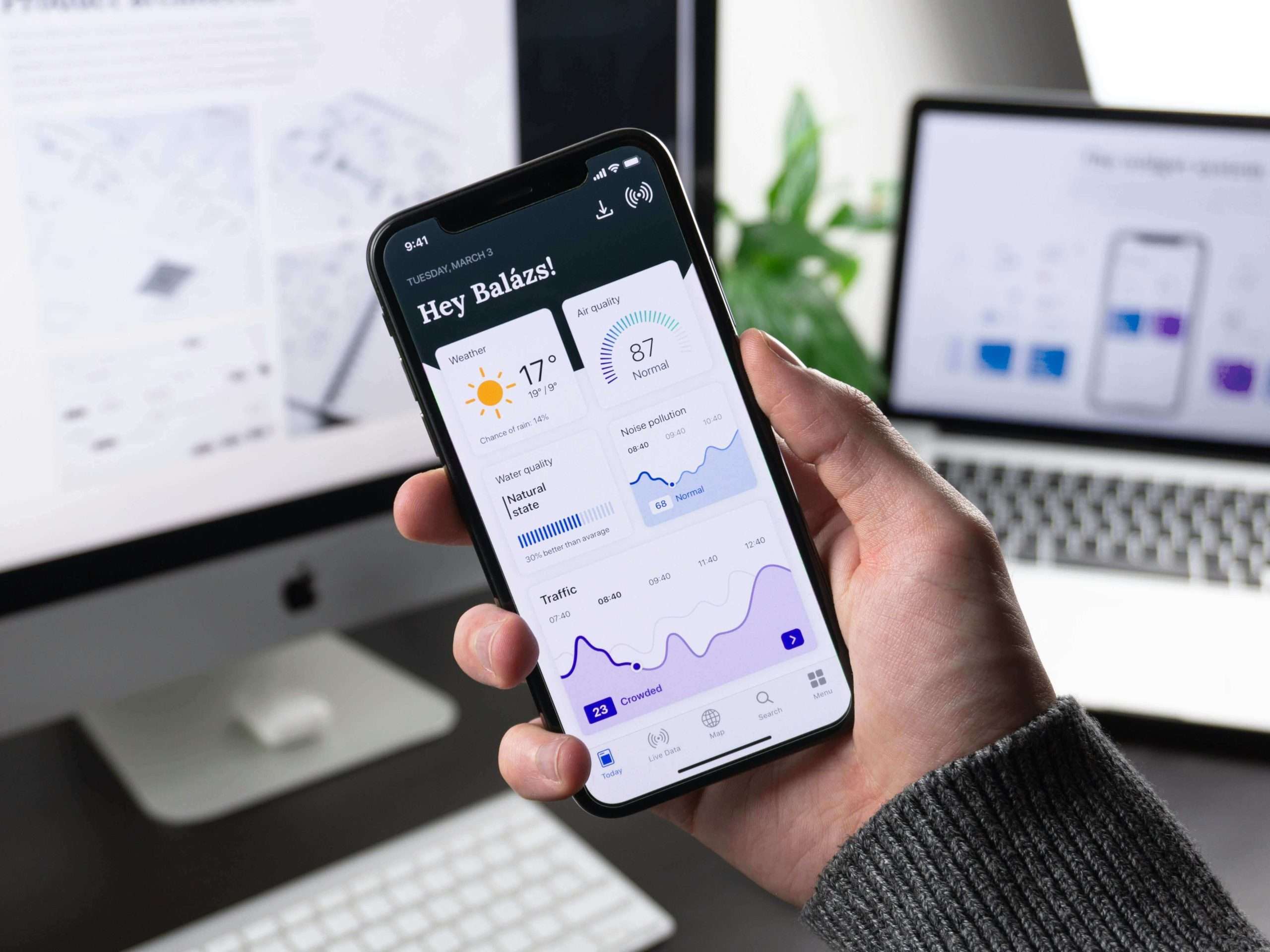Top 10 Software Development Trends in 2025

The software industry is evolving at a breakneck pace, with new technologies shaping the way businesses build applications. Whether you’re a startup or an enterprise, staying updated on the latest trends is crucial for innovation and competitive advantage.
In this article, we’ll explore the top 10 software development trends in 2025 that are redefining the industry.
AI-Powered Development 🤖
Artificial Intelligence (AI) and Machine Learning (ML) are revolutionizing software development by automating coding, testing, and debugging. AI-powered tools like GitHub Copilot help developers write better code faster.
Why It Matters:
✅ Faster development cycles
✅ Improved code accuracy
✅ Automated bug detection
Low-Code & No-Code Development ⚡
Businesses are adopting low-code/no-code platforms to build apps quickly without deep programming knowledge. Platforms like OutSystems and Bubble allow non-developers to create functional applications.
Why It Matters:
✅ Reduces development time
✅ Enables business teams to create apps
✅ Lowers software development costs
Cloud-Native Development ☁️
Companies are moving towards cloud-native applications built on serverless architectures like AWS Lambda and Google Cloud Functions. This ensures scalability and cost efficiency.
Why It Matters:
✅ Reduced infrastructure costs
✅ Increased flexibility and scalability
✅ Faster deployment
Blockchain Beyond Crypto 🔗
Blockchain is evolving beyond cryptocurrencies into areas like secure transactions, smart contracts, and decentralized applications (DApps).
Why It Matters:
✅ Enhanced security & transparency
✅ Fraud prevention
✅ Decentralized finance (DeFi) expansion
DevSecOps: Security-First Development 🔒
Security is now integrated directly into the software development lifecycle (SDLC). DevSecOps ensures vulnerabilities are identified and fixed early.
Why It Matters:
✅ Reduced security breaches
✅ Faster threat detection
✅ Compliance with data protection laws
Internet of Things (IoT) Expansion 🌍
More devices are being connected to the internet, requiring real-time data processing and AI-driven automation. IoT development is booming in smart homes, healthcare, and manufacturing.
Why It Matters:
✅ Better automation & efficiency
✅ Real-time analytics
✅ Improved user experience
Progressive Web Apps (PWAs) & Cross-Platform Development 📱
PWAs combine the best of web and mobile apps, offering offline functionality and fast performance. Meanwhile, frameworks like Flutter and React Native are leading cross-platform development.
Why It Matters:
✅ Lower development costs
✅ Faster time-to-market
✅ Seamless user experience across devices
Edge Computing 🚀
With 5G and IoT growth, edge computing processes data closer to users, reducing latency and improving performance.
Why It Matters:
✅ Faster data processing
✅ Lower bandwidth usage
✅ Real-time analytics
AI-Driven Software Testing 🛠️
Traditional manual testing is being replaced by AI-powered automation tools that can run thousands of test cases instantly.
Why It Matters:
✅ Faster bug detection
✅ Reduced manual workload
✅ Improved software quality
Remote Development Teams & Outsourcing Growth 🌍
With global tech talent shortages, businesses are turning to outsourced software development to scale projects efficiently.
Why It Matters:
✅ Access to global expertise
✅ Cost-effective development
✅ 24/7 productivity with distributed teams
Conclusion
The software development landscape in 2025 is dominated by AI, cloud-native apps, cybersecurity, and automation. Companies that embrace these trends will stay ahead in an increasingly digital world.
🔹 Which trend excites you the most? Let us know in the comments or contact us to discuss your next software project! 🚀
